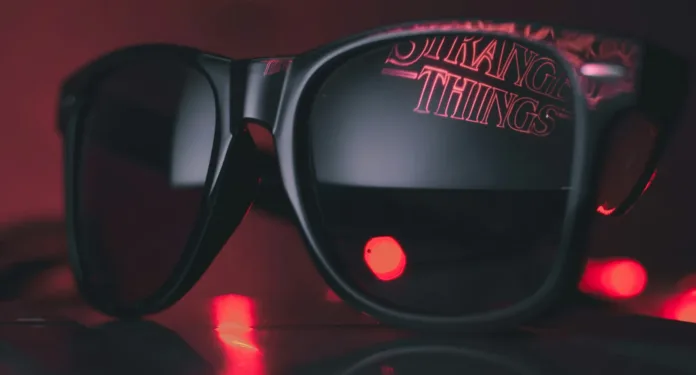HTC’s Vive Eagle debuts with AI features, lightweight design, and a $520 price tag in Taiwan
HTC has stepped into the growing artificial intelligence-powered smart glasses market with the launch of its new Vive Eagle, a lightweight pair of connected eyewear designed to rival products from Meta, Google, Samsung and other global tech giants. The Taiwanese company, best known for its role in pioneering smartphones and virtual reality devices, is now seeking to carve out space in a sector being billed as the next frontier for wearable technology.
For now, the Vive Eagle is only available in Taiwan, with no confirmation on international release plans. At launch, the glasses are priced at around $520 and come fitted with Zeiss sun lenses in a choice of red, brown, grey or black frames. At just 49 grams, they are nearly as light as Meta’s Ray-Ban smart glasses, making them one of the more comfortable designs currently on the market.
What sets the device apart, according to HTC, is its suite of artificial intelligence features delivered via the company’s built-in Vive AI assistant. The glasses can provide instant image translation in 13 languages, allowing a user to point at text and have it interpreted in real time. Beyond translation, the assistant can set voice reminders, capture and store notes, and even suggest nearby restaurants, offering a range of everyday functions that echo—and in some cases mirror—the capabilities of rival products. HTC says its vision for the Eagle is to create a truly useful, on-the-go AI companion.
Embed from Getty ImagesThe launch places HTC in direct competition with Meta, which has already established itself in this category through its Ray-Ban smart glasses and continues to develop advanced “super-sensing” vision technology designed to recognise people, objects and environments in real time. Apple, meanwhile, is preparing its own entry, with reports suggesting that smart glasses featuring built-in cameras, Siri integration and custom chips could arrive as early as 2027. Google has also demonstrated the potential of its Android XR platform, showcasing how its Gemini AI can be embedded into smart glasses to generate text, translate conversations, recognise music, and provide navigation through 3D overlays.
Samsung is said to be developing its own XR glasses under the codename Haean, which are expected to run on Qualcomm’s Snapdragon XR2 Plus Gen 2 chip and include gesture control, movement sensors, and fitness monitoring features. Xiaomi has already entered the fray in China with AI Glasses that weigh 40 grams, include a 12MP camera for 2K video, stereo speakers, multiple microphones and a XiaoAI assistant capable of live translation across 10 languages.
HTC’s challenge will be to prove that it can hold its ground in such a crowded and highly competitive space. While its Vive brand enjoys strong recognition in virtual reality, the company’s smartphone business collapsed years ago under pressure from Apple and Samsung, and the Vive Eagle represents one of its boldest plays to re-establish itself as a consumer hardware innovator. Whether the new glasses will be rolled out internationally could prove decisive, especially as competitors ramp up launches in North America, Europe and Asia.
Analysts believe that the smart glasses market is set for rapid growth over the next decade as advances in AI, miniaturisation, and augmented reality converge. Lightweight designs, practical features like translation and navigation, and seamless integration with digital assistants are viewed as essential for mainstream adoption. HTC’s decision to lead with everyday usability, rather than heavy AR visuals, may allow it to stand out among more experimental products.
For now, the Vive Eagle remains a Taiwan-only release, but with global players moving fast, HTC may not be able to keep it local for long. If it chooses to expand into markets such as the US, Europe or India, it will face direct competition with Meta’s popular Ray-Ban line, the growing ambitions of Google and Samsung, and the looming arrival of Apple’s much-anticipated smart glasses.
